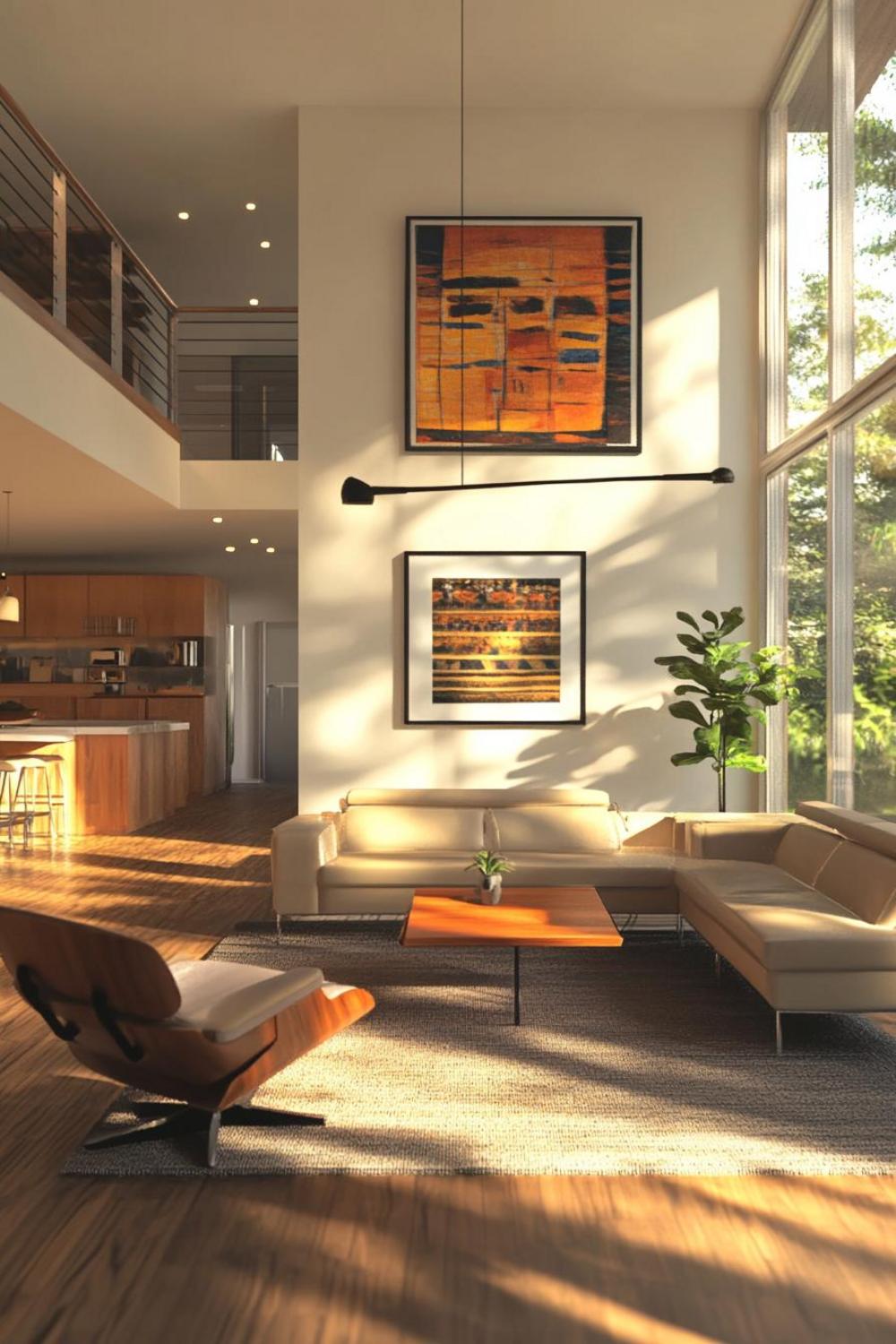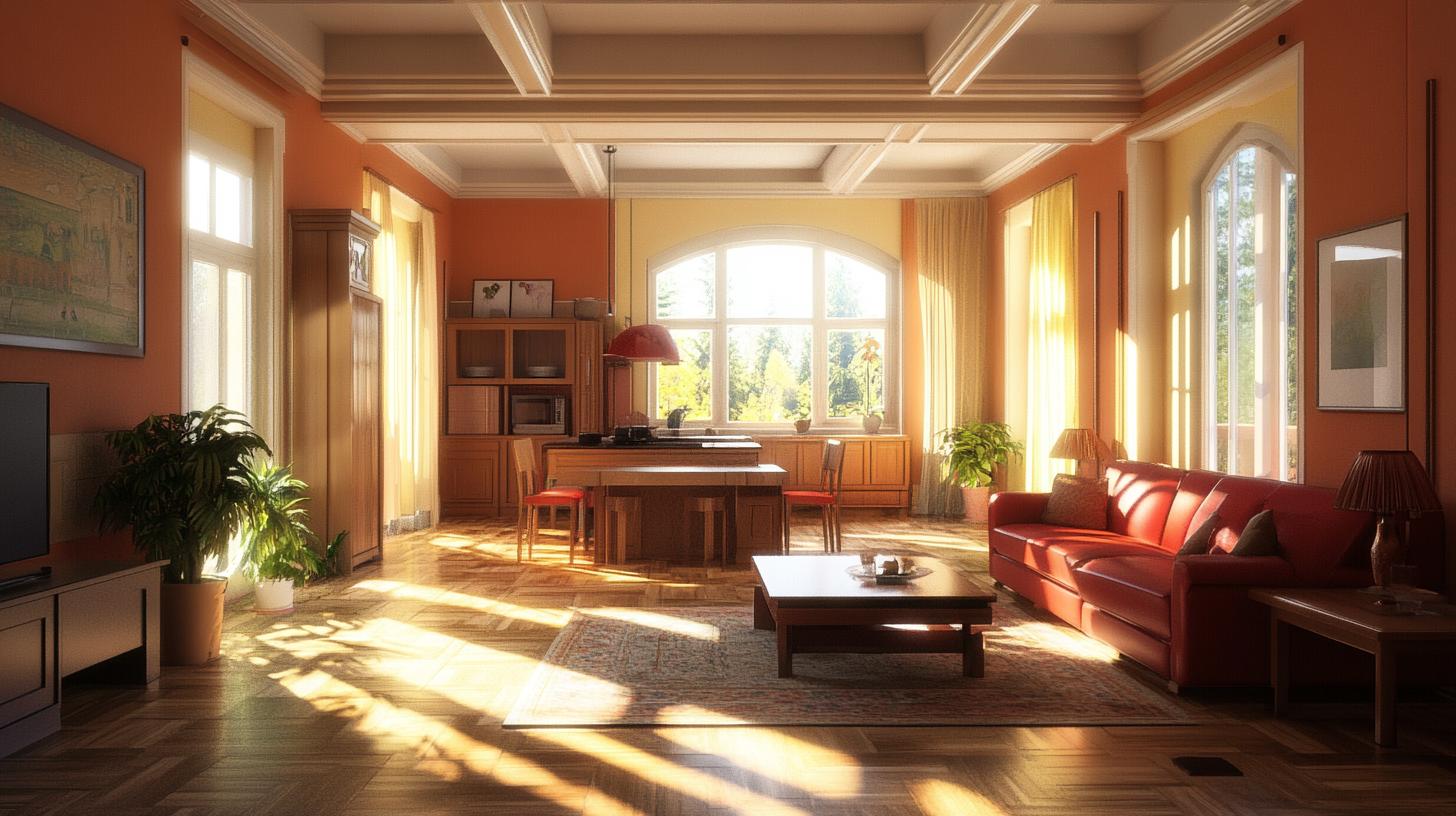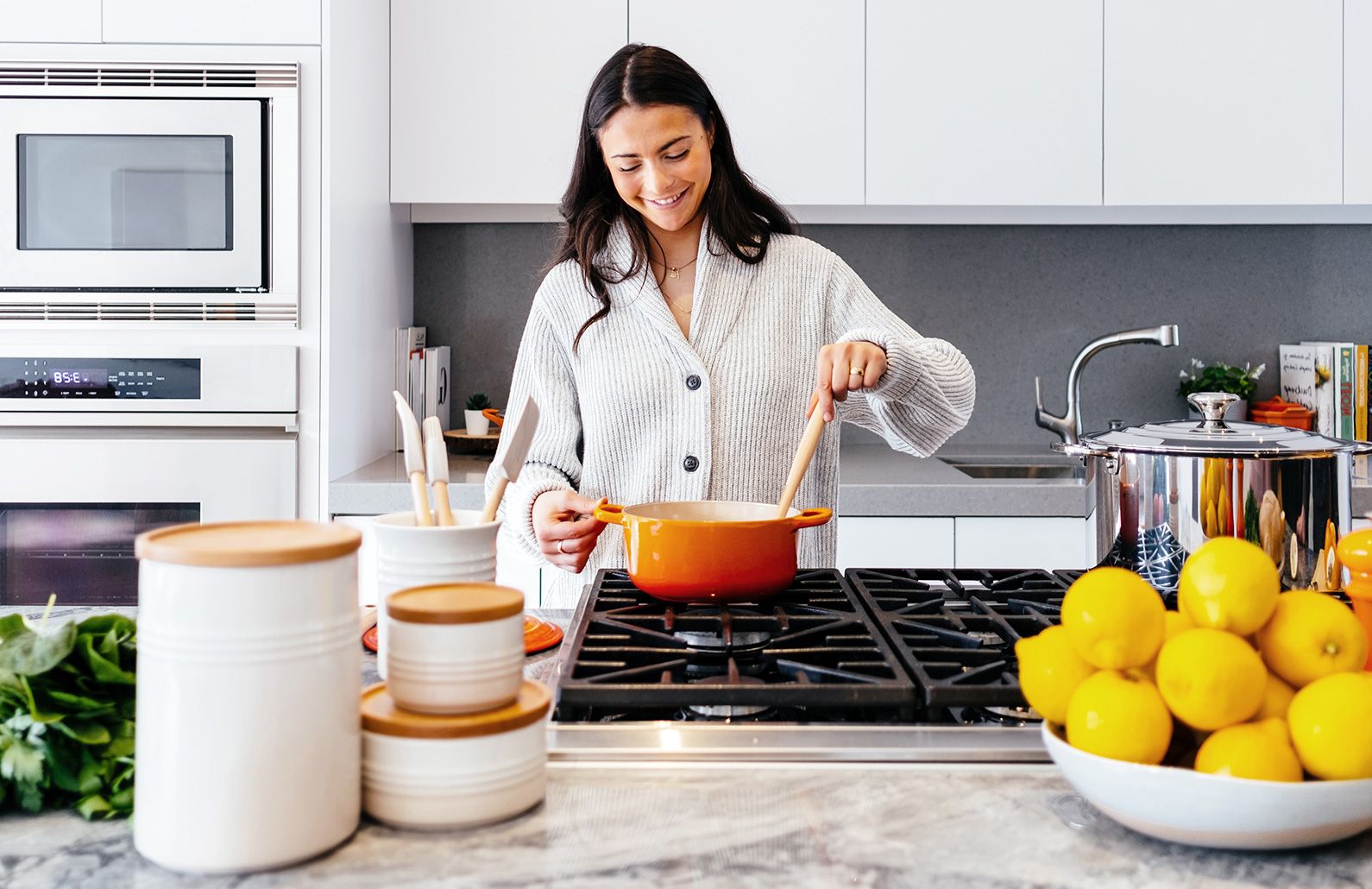Contextual Design Philosophy: Transforming Living Spaces
Contextual design philosophy represents a revolutionary approach to creating living spaces that go beyond traditional interior design concepts. It’s not just about aesthetics—it’s about crafting environments that dynamically respond to the unique needs and rhythms of modern families!

Understanding Contextual Design Philosophy
At its core, contextual design philosophy recognizes that our living spaces are more than just static environments. They’re living, breathing ecosystems that should evolve alongside our families’ changing needs. Imagine a home that transforms seamlessly from a productive work zone to a cozy family gathering space in minutes!
Key Principles of Adaptive Design
- Flexibility in spatial configurations
- Multi-functional furniture solutions
- Technology-integrated living spaces
- Personalized aesthetic expressions
Modern families require environments that can keep up with their dynamic lifestyles. Working professionals, parents, and children all have unique requirements that demand innovative design strategies.
Technology’s Role in Contextual Design
Smart home technologies are now fundamental in creating truly adaptive spaces. From automated lighting that adjusts to mood and time of day to furniture with built-in charging stations, technology enables seamless environmental transformations.

Implementing Contextual Design Philosophy in Your Home
Transforming your living space isn’t about a complete overhaul—it’s about strategic, thoughtful modifications that enhance functionality and comfort. We’ll explore practical approaches that make your home work smarter, not harder!
Modular Furniture: The Flexibility Factor
Modular furniture represents the epitome of contextual design. Pieces that can be reconfigured, expanded, or repurposed provide unprecedented adaptability. A dining table that converts to a workspace? A sofa that transforms into a guest bed? These are no longer futuristic concepts but contemporary realities.
Pro Tips for Adaptive Design
- Invest in furniture with multiple configurations
- Use color schemes that promote psychological well-being
- Incorporate natural light and flexible lighting systems
- Consider sound-absorbing materials for multi-purpose spaces
Psychological Dimensions of Design
Contextual design goes beyond physical arrangements—it’s about creating environments that support mental and emotional well-being. By understanding how spatial configurations influence mood and productivity, we can design spaces that genuinely nurture our lifestyles.
The future of home design is not about perfection, but about creating responsive, living environments that grow and change with us. Embrace the philosophy of contextual design, and watch your home transform into a true reflection of your family’s unique journey!



